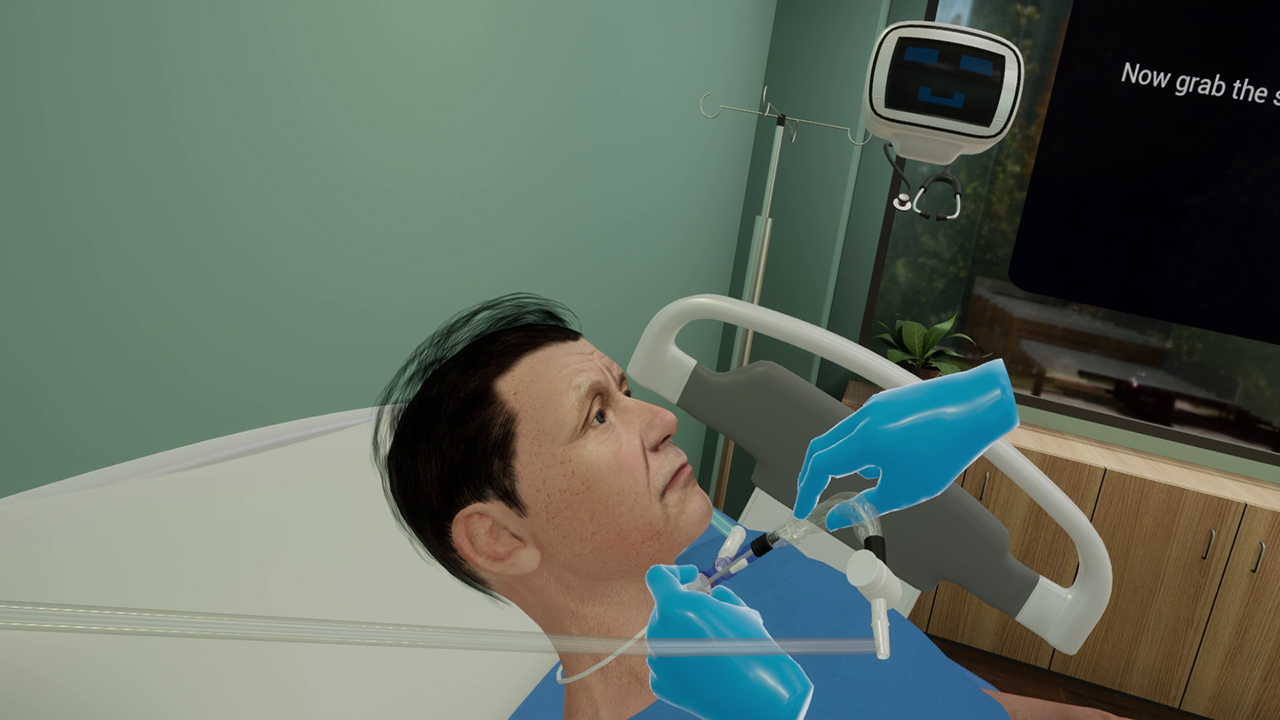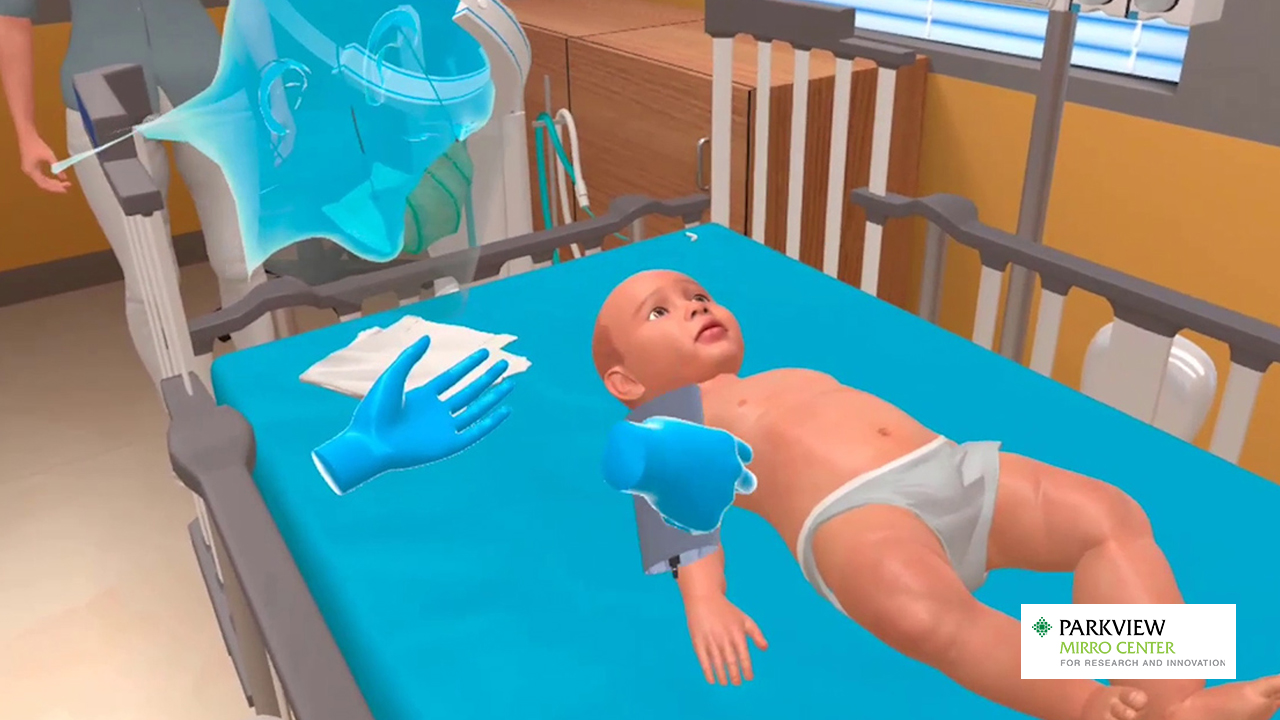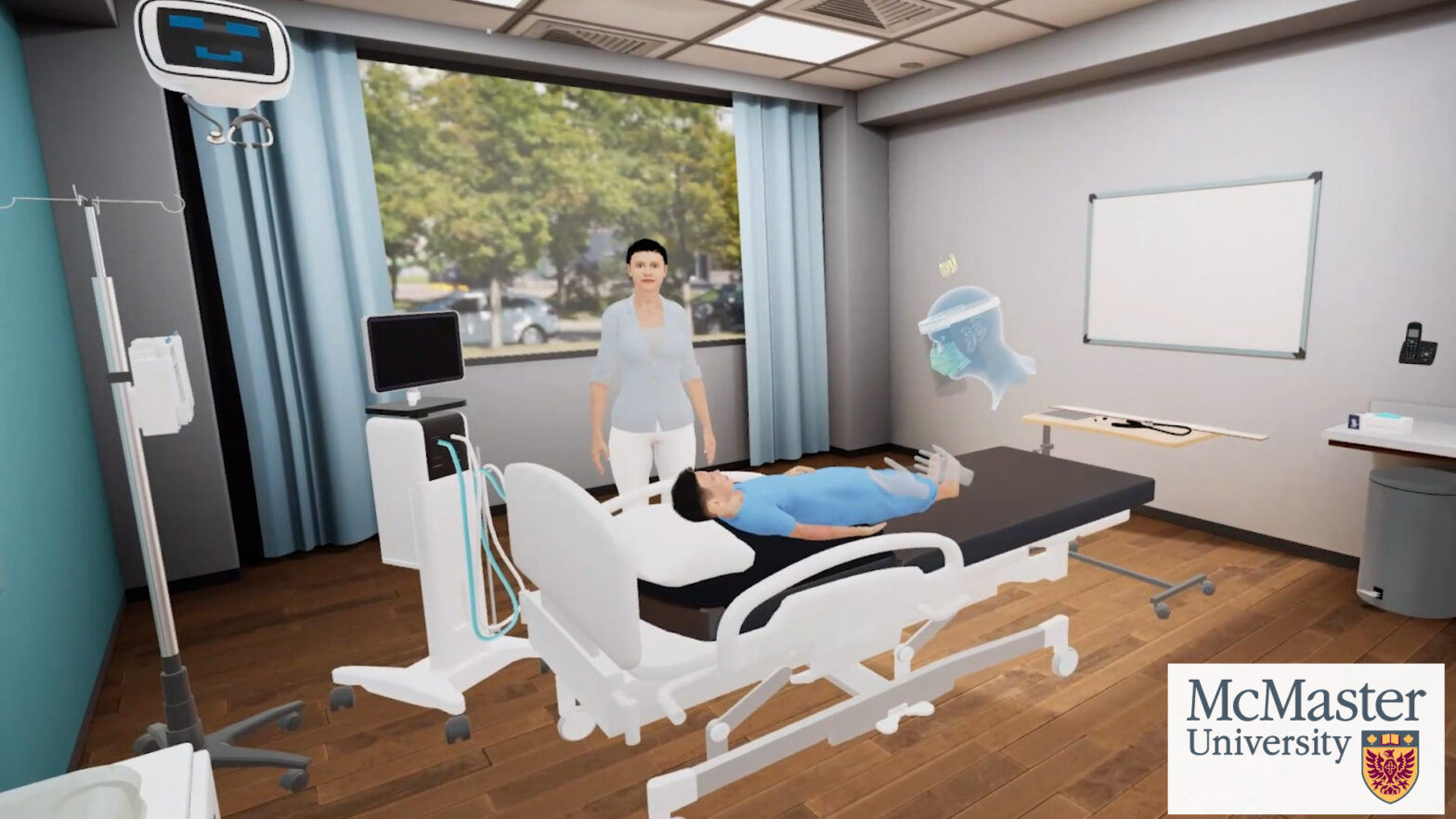
A skilled nurse in tracheostomy care performs a series of steps with precision and utmost care, reason being that a small error can lead to major consequences. Before we get into the care procedure and matters related to it, we need to understand what tracheostomy is all about.
First and foremost, tracheotomy or tracheostomy? Though often used interchangeably, the two terms signify two different aspects of the procedure.
Tracheotomy (without the ‘s’) refers to the surgical incision while tracheostomy (with the ‘s’) is the result of tracheotomy. It is the opening created through a patient’s neck into the trachea or windpipe to gain direct access into the airway. A tube is placed in the opening and breathing is done through this tracheostomy tube instead of the nose or mouth.
When is tracheostomy recommended
Tracheostomy is an invasive procedure and is performed under general anesthesia in an operating room or at the bedside if the patient is sedated or is on a ventilator. Primary reasons for a doctor recommending a tracheostomy can be:
1. In event of a blocked airway
2. To clean or remove secretions from the airway or lungs
3. To easily and safely deliver oxygen to the lungs
4. To wean the mechanical ventilator in patients who have failed prior weaning attempts
Who performs a tracheostomy procedure
The tracheostomy procedure can be performed by any of the following specialists:
– Otolaryngologists
– General surgeons
– Critical care physicians
– Pediatric otolaryngologists
– Pediatric surgeons
– Pulmonologist
When it comes to caring for tracheostomy patients, nurses perform this task.
Tracheostomy care – a nursing skill
The success of every procedure heavily depends upon the post-procedure care, where nurses have a critical role to play. The same applies to tracheostomy. As a nurse performing tracheostomy care it is important to fulfill the following responsibilities:
– Remove mucus and secretions to maintain airway patency
– Maintain cleanliness at the tracheostomy site to prevent infections
– Prevent skin excoriation around the incision
– Facilitate healing
– Prevent dislocation of the tracheostomy tube
In order to fulfill these responsibilities, a nurse has to be mindful of a number of things involving the equipment to be used and the procedure to follow, along with the monitoring and supervision of vital stats of the patient.
It is important to ensure that:
– A tracheostomy kit is always available at the patient’s bedside
– All equipment required for tracheostomy care are within reach
– Suction equipment is set at the correct pressure
– Emergency oxygen supply equipment is available and in working order
– Regular monitoring of heart rate, respiratory rate, temperature, blood pressure, and oxygen levels are performed and documented
It is particularly important to maintain a close and continuous supervision of children and elderly patients.
The tracheostomy care procedure calls for cleaning or replacing the cannula tube, suctioning mucus and secretions to clear the airway, and cleaning around the incision site. This means exposing the incision site, and therefore calls for extreme care to prevent any kind of infection or complication.
– Explain the care procedure to the patient
– Use sterile gloves
– Maintain a sterile field for all required equipment
– Use sterile equipment, especially to clean around the incision site
– Ensure the saline being used is within the expiration date
– Document the amount and character of the secretion
– Document the appearance of the incision site
– Ensure proper placement of the cuff with the recommended pressure
Skill Training with MedVR
All invasive procedures are prone to complications which can be avoided and eliminated with adequate and appropriate care. This can be possible if caregivers are trained efficiently and effectively to execute the process and timely recognize any undesired outcomes.
MedVR Educations, through its VR simulation lessons in Tracheostomy Care, provides learners practice in the following skills associated with the care regime.
Patient preparation: When performing a tracheostomy care procedure, the patient needs to be made aware of the steps being undertaken, helping him understand what to expect and co-operate with the nurse. This lesson provides learners practice in patient interaction and gathering the required equipment for the procedure.
Cuff inflation and deflation: Keeping the cuff in place is necessary for proper functioning of the tracheostomy tube. This is achieved by maintaining just the right amount of pressure in the cuff. This lesson provides learners practice in first deflating the cuff and then inflating it, using a manometer.
Open suctioning: Suctioning helps maintain the integrity of the tracheostomy tube and avoid blockages. The open suctioning method is used for patients who are not attached to a continuous source of oxygen. This lesson provides practice in the open suctioning method that primarily involves a suction catheter kit and a suction machine.
Closed suctioning: In case of critical patients who require a constant source of oxygen, the closed or in-line suctioning method is used. This allows to perform the suctioning procedure while maintaining the connection to the ventilator circuit. The lesson provides practice in using an in-line catheter which is connected to an adapter. This adapter connects directly to the trach tube and to the ventilator circuit.
Practicing with MedVR Ed
MedVR Education offers its learners virtually simulated photorealistic environments that present an ideal ground for practicing procedures. Each session is packed with multiple advantages to provide a rich and engaging setting for learning.
Close to reality environments mimic a true-to-life learning atmosphere.
Virtual patients provide realistic experiences similar to working with real patients.
Affordances enriched with physics-based interactions create lifelike experiences.
Controlled environments provide zero-risk opportunities, helping learners learn from mistakes.
Stress-free sessions help practice, make mistakes and improve at every stage.
Multiple practice sessions provide innumerable opportunities for skill refinement.
Self-analysis of performance is facilitated by a web-based dashboard.
Instant feedback in the training sessions helps identify mistakes and rectify them instantly.
The assessment mode helps learners’ recap, revise, review, and perfect their skill.
Detailed instructions provide better understanding and knowledge application.
On-the-air updates of apps assures ease of access as all technical issues are managed at the backend by the tech team.
Performing a surgical procedure requires a great deal of skill and precision. Equally important is the post-procedure care which is performed by skilled and trained nurses because a healthy recovery plays a significant role in a patient’s treatment cycle.
Contact us to know more about VR in healthcare training, or visit our MedVR Education webpage to explore the various programs we offer.


